Sample proof of residency letter template
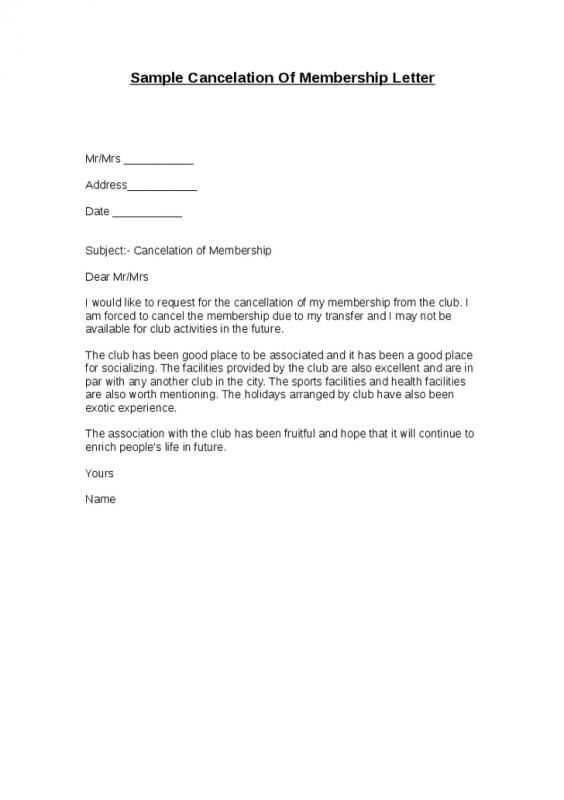
When you need to confirm your address for official purposes, a proof of residency letter is often required. This document serves as a formal declaration that you live at a specified address. The letter is typically used by banks, government agencies, or schools to verify your current residence.
A well-written proof of residency letter should contain specific details that make the document clear and credible. Include your full name, address, and the date you moved in. It’s also important to mention the purpose of the letter and include a statement confirming that the information is accurate. If you’re a tenant, adding your landlord’s details and signature can further authenticate the document.
Here’s a simple template to guide you in creating your own proof of residency letter:
Proof of Residency Letter
Dear [Recipient’s Name],
I, [Your Full Name], hereby confirm that I currently reside at [Your Full Address], and have been living here since [Date You Moved In].
This letter is provided to verify my address for [Purpose of Letter].
If further verification is needed, feel free to contact me at [Your Phone Number] or [Your Email Address].
Thank you for your attention.
Sincerely,
[Your Full Name]
By using this template, you can quickly generate a professional and clear proof of residency letter to meet your needs.
Here is the revised version with minimal repetition:
For a clear and concise proof of residency letter, focus on including only the most relevant details. Begin with your full name, current address, and the duration of residence at that location. Include specific dates to support your claim and add the name of the organization or person requesting the letter, if applicable.
It is important to keep the tone formal but straightforward. Avoid repeating the same information, and instead focus on delivering a clear message without redundancy. You can also mention any documents that validate your residence, such as utility bills or lease agreements, but these should be referenced briefly rather than detailed.
End the letter by stating that the information provided is accurate to the best of your knowledge and provide a signature. Keep the formatting clean and simple, ensuring that all details are easy to read and understand.
- Sample Proof of Residency Letter Template
When drafting a proof of residency letter, ensure it includes key details that verify the individual’s current address. Here’s a simple template to follow:
Proof of Residency Letter
Date: [Insert Date]
To Whom It May Concern,
This letter is to confirm that [Full Name] resides at [Complete Address], which includes [Street Address], [City], [State], [ZIP Code]. I have known [Full Name] for [Duration of Relationship] and can attest that they have been living at the above address since [Date of Residence Start].
[Full Name] receives mail at this address, and I can confirm that they reside here on a full-time basis. Please feel free to contact me for any further clarification regarding their residency status. I can be reached at [Phone Number] or [Email Address].
Sincerely,
[Your Name]
[Your Title or Relationship to the Individual]
[Your Signature]
[Your Contact Information]
This template can be modified as needed. Ensure all fields are completed correctly to prevent delays in processing the residency confirmation.
Writing a residency proof letter varies depending on the specific reason for its use. The format remains similar, but the details change to suit the requirements of the recipient. Below are practical steps for creating a letter for various purposes:
1. For Financial or Governmental Agencies
If you’re submitting a residency proof letter to a financial institution or government entity, clarity and detail are key. These organizations typically require verification of your address for services like opening accounts, applying for loans, or tax purposes.
- Include the full name of the person requesting proof, along with their current address.
- Specify the duration of residence at the given address (e.g., “I confirm that [Name] has lived at [Address] since [Date]”).
- Provide additional supporting documentation, such as utility bills or lease agreements, as proof.
- State the purpose of the letter, e.g., for loan application, tax filing, etc.
- Ensure the letter is signed by a relevant authority, such as a landlord, employer, or government official.
2. For Educational Institutions
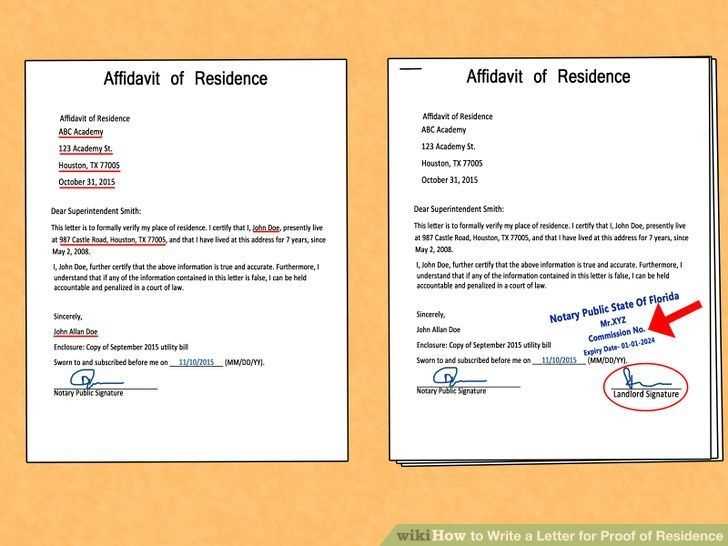
When writing a residency proof letter for school-related purposes, it often supports applications for in-state tuition or school registration. The letter should be precise but not overly formal.
- State the name of the student and the address they reside at.
- Mention how long the student has lived at that address.
- Describe the nature of the relationship between the student and the person providing the proof, such as a parent, guardian, or family friend.
- If applicable, mention the legal status or immigration details that pertain to the student’s residency.
3. For Rental or Lease Agreements
If the purpose is to confirm residency for rental agreements, you need to ensure all housing details are correct and verified.
- State the tenant’s full name and the property address.
- Include the term of the lease, with specific dates (start and end).
- Make clear any rent payment history or other important rental conditions, if required.
- Ensure the letter is signed by the landlord or property manager.
Each residency proof letter should be tailored to its purpose while maintaining a clear and straightforward structure. Confirm the necessary details are accurate and properly signed by an authorized person to ensure the letter fulfills its intended purpose.
Include the following details when drafting a residency proof letter to ensure it meets requirements:
1. Full Name and Address of the Resident
Clearly state the resident’s full legal name, along with the current address where they live. This ensures that the document verifies both the person’s identity and location.
2. Length of Residence
Specify how long the individual has lived at the given address. This provides additional verification of their long-term residence, if applicable.
3. Date of Letter
Include the exact date the letter is issued. This helps determine the letter’s relevance and timeliness, especially when dealing with specific deadlines.
4. Name and Contact Information of the Authorizing Party
The person or organization issuing the letter should provide their name, title, and contact information. This ensures that the letter can be verified by authorities if necessary.
5. Statement of Residency
The letter must include a clear statement confirming that the individual resides at the given address. This should be straightforward and without ambiguity.
6. Supporting Documents
If applicable, mention any attached documents that support the residency claim, such as utility bills or government-issued IDs. This gives additional credibility to the letter.
7. Signature of the Authorizing Party
Ensure that the person authorizing the letter signs it. A signature makes the letter valid and verifiable.
Sample Table of Key Information
| Information | Details |
|---|---|
| Full Name | John Doe |
| Address | 1234 Elm Street, City, State, ZIP |
| Length of Residence | Since January 2015 |
| Date of Letter | January 29, 2025 |
| Authorizing Party | Jane Smith, Property Manager |
| Supporting Documents | Utility Bill (December 2024) |
Avoid vague or incomplete information. Be specific about the individual’s address and the length of their residence. This helps avoid confusion and ensures that the letter serves its purpose effectively.
1. Failing to Include Full Address Details
Always provide the complete address, including street, city, state, and ZIP code. Missing details can make the letter seem unprofessional and unreliable, delaying its acceptance.
2. Leaving Out Key Dates
Clearly state the duration of residence, including both the start and end dates if applicable. Failing to mention these dates makes the letter less credible and harder to verify.
3. Incorrect Formatting or Grammar Errors
Simple errors in formatting or grammar can undermine the authority of the letter. Double-check for typos, sentence structure issues, or improper formatting before finalizing the document.
4. Omitting the Letter Writer’s Information
Ensure that the letter includes the full name, position, contact information, and signature of the person issuing the proof of residency. This adds legitimacy to the document and makes it easier to contact for verification.
5. Not Tailoring the Letter to Specific Requirements
Different institutions may have different criteria for what constitutes valid proof of residency. Make sure the letter meets the specific requirements outlined by the requesting entity.
A notarized proof of residence letter is often requested in situations where official confirmation of your address is necessary. These documents are considered more reliable because they are validated by a notary public, ensuring their authenticity. Below are the common instances when this type of letter is needed:
1. Applying for Government Services or Benefits
Government agencies may request a notarized proof of residence letter to verify your eligibility for specific programs or benefits. This could include things like housing assistance, social services, or voter registration.
2. Opening Bank Accounts or Applying for Loans
When opening a new bank account or applying for financial services such as a mortgage or loan, financial institutions may ask for a notarized proof of residence letter. This helps them verify your current address and fulfill regulatory requirements.
3. Establishing Residency for Tuition or Educational Purposes
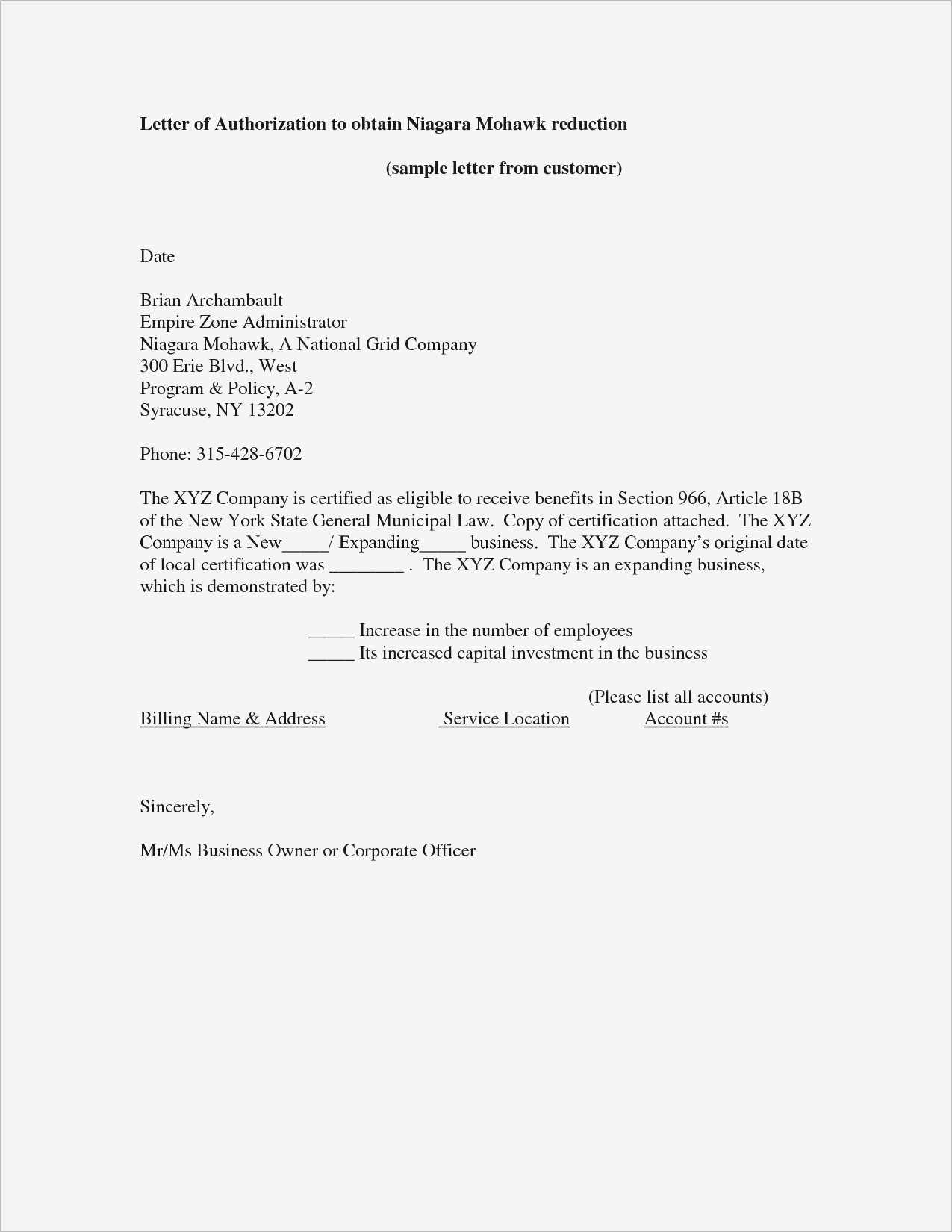
If you’re applying for in-state tuition or need to prove your residency status for educational purposes, many universities and schools may require notarized documentation to confirm your address.
4. Legal or Court-Related Matters
During legal proceedings, such as child custody cases, divorce, or probate matters, a notarized proof of residence letter may be required to establish residency for legal jurisdiction or other formalities.
5. Verifying Residency for Employment
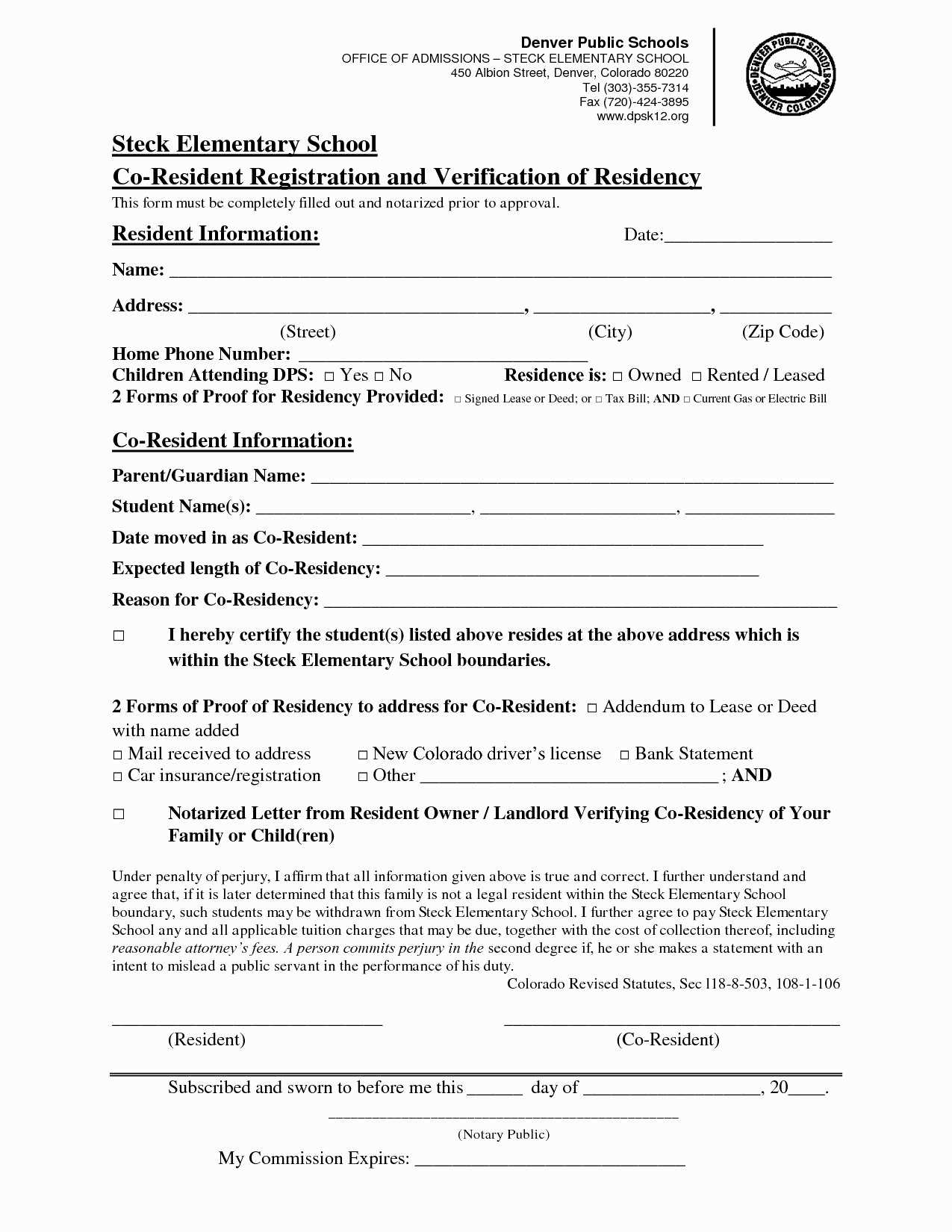
Employers sometimes require a notarized proof of residence letter, especially for new hires who need to demonstrate residency for tax or local benefits purposes.
6. Rental or Lease Agreements
Landlords and property management companies may request notarized proof of residence letters to confirm that you reside at a particular address, especially when applying for leases in competitive markets.
In all these cases, ensuring that the letter is notarized will add an extra layer of credibility to the information you are providing.
How to Customize a Proof of Residency for Specific Institutions
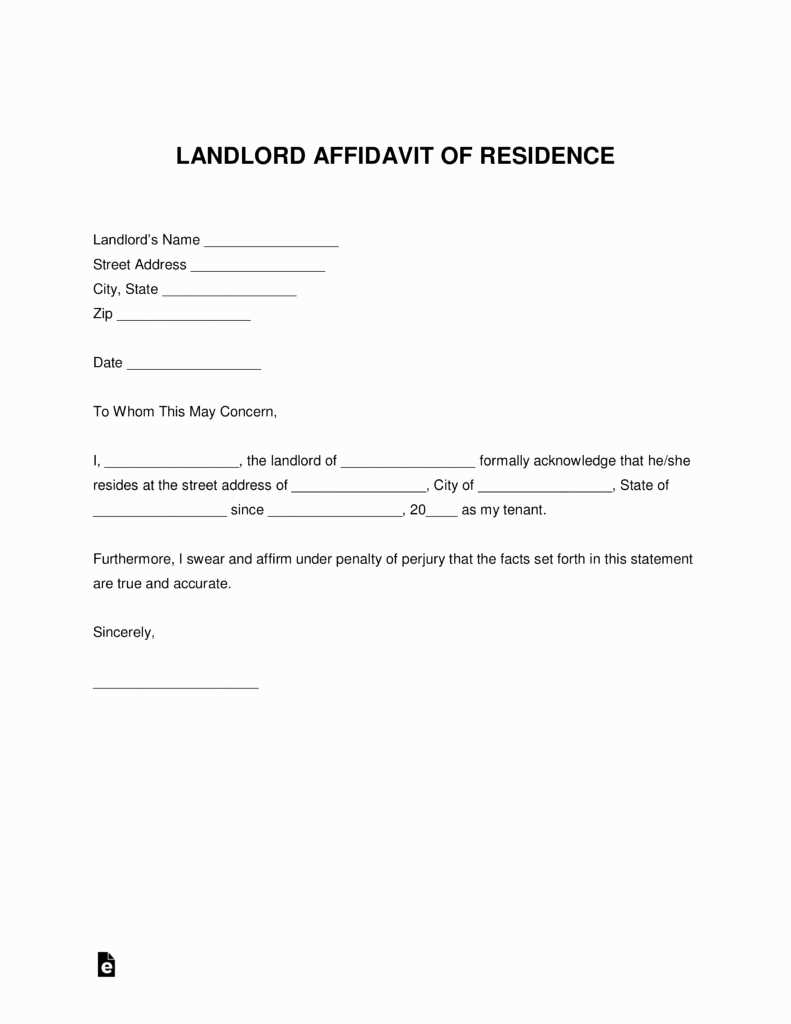
To create a proof of residency that meets the requirements of a specific institution, focus on tailoring the content to their guidelines. Each institution may request different information or formats, so reviewing their specific demands is key.
1. Review the Requirements
Check the institution’s official website or contact them directly to confirm what details they require. For example, banks may need proof of your address in a formal letter format, while schools could be more lenient, accepting utility bills or leases.
2. Add Required Details
Ensure your letter includes all mandatory information, such as your full name, the address where you reside, and a statement confirming the duration of your stay. Specific institutions might ask for additional details, such as your date of birth or account number for a bank.
Adapt your language to fit the institution’s tone. For example, a government agency may prefer a formal approach, while a local community center may be more relaxed in their requirements.
By customizing your proof of residency, you make sure the institution can quickly verify your address and comply with their specific needs.
1. What documents can be used as proof of residency?
A proof of residency letter can include utility bills, bank statements, rental agreements, or official government correspondence. These documents must clearly display your name and address to verify your residence.
2. Who can write a proof of residency letter?
The letter can be written by a landlord, employer, or other individuals who can verify your residency, such as a roommate or family member. It should include their contact information and a statement confirming your current residence at the specified address.
3. How formal does the letter need to be?
The letter should be professional and clearly formatted. It should include the writer’s full name, contact details, and a declaration of your residence, along with a signature for authenticity.
4. How recent should the proof of residency letter be?
The letter should be recent, usually within the last 30 days. This ensures that the information is up-to-date and accurately reflects your current living situation.
5. Is a notarized letter necessary?
In most cases, a notarized letter is not required unless specified by the requesting organization. However, notarization can add an extra layer of credibility if needed.
6. Can I use a letter from a family member as proof of residency?
Yes, a family member can write a letter confirming your residence. However, it may be necessary to include additional documentation, such as a utility bill or government-issued ID, to further verify your address.
7. How should I submit the proof of residency letter?
Follow the specific instructions provided by the organization requesting the letter. You may be asked to submit it electronically, by mail, or in person. Ensure the letter is clear and legible in whatever format is required.
If you need anything clarified, feel free to ask!
If you’re unsure about how to complete your proof of residency letter, don’t hesitate to reach out. Make sure the details in your letter are accurate and match the official records. Double-check that your name, address, and dates align with the documents you are providing. If you need help identifying the required documents, we can provide a list. It’s always a good idea to confirm the specific format or wording requested by the institution requiring the proof. Reach out to clarify any questions or concerns to avoid delays!